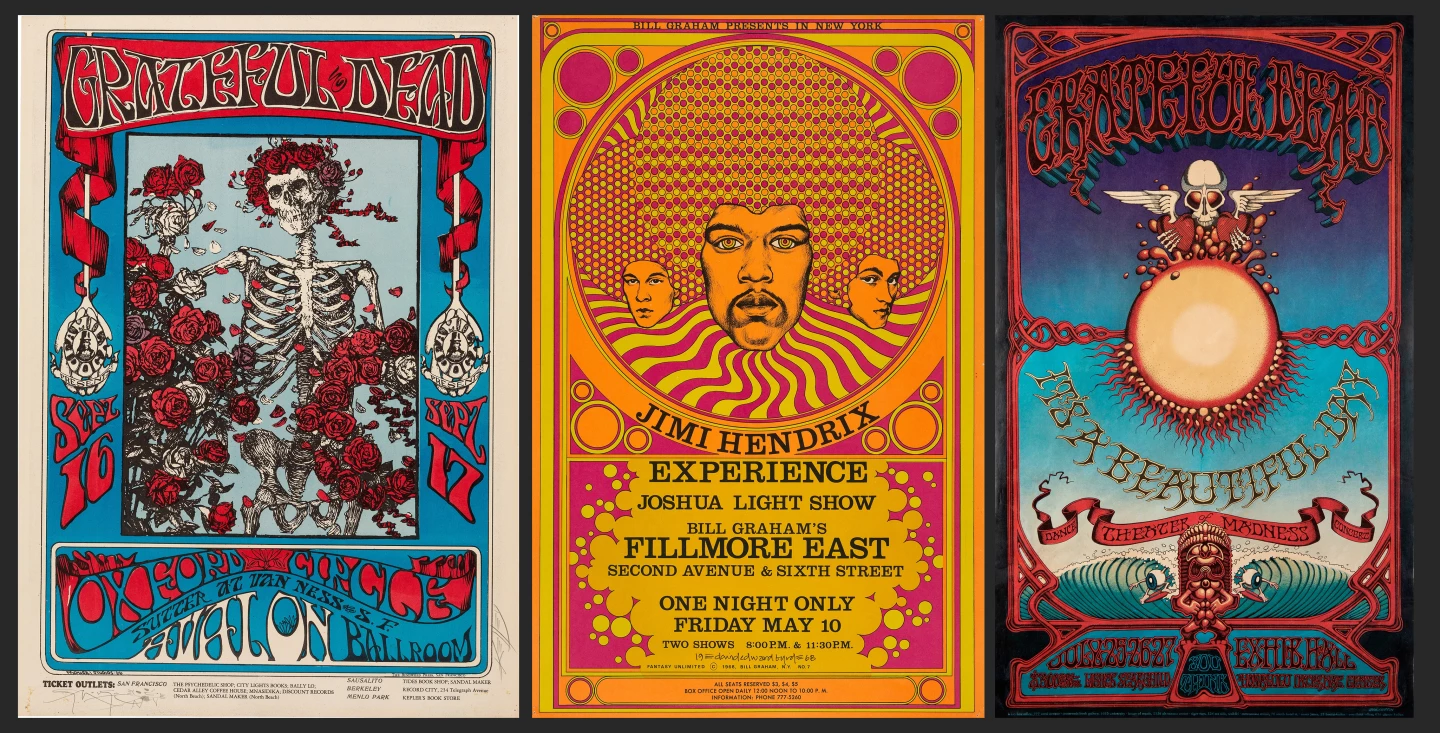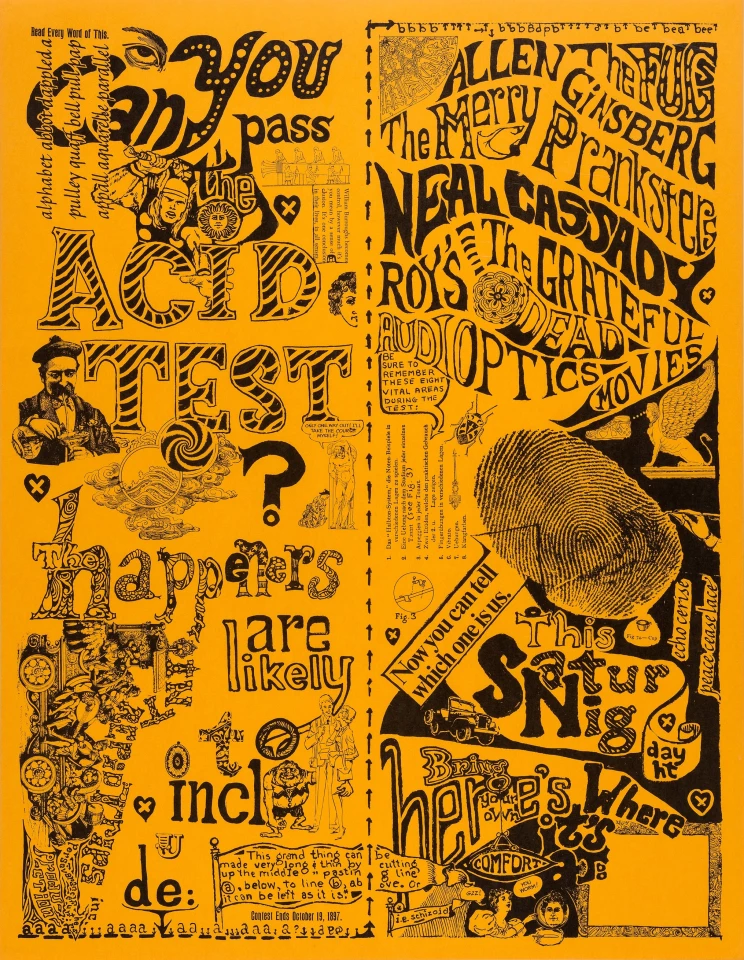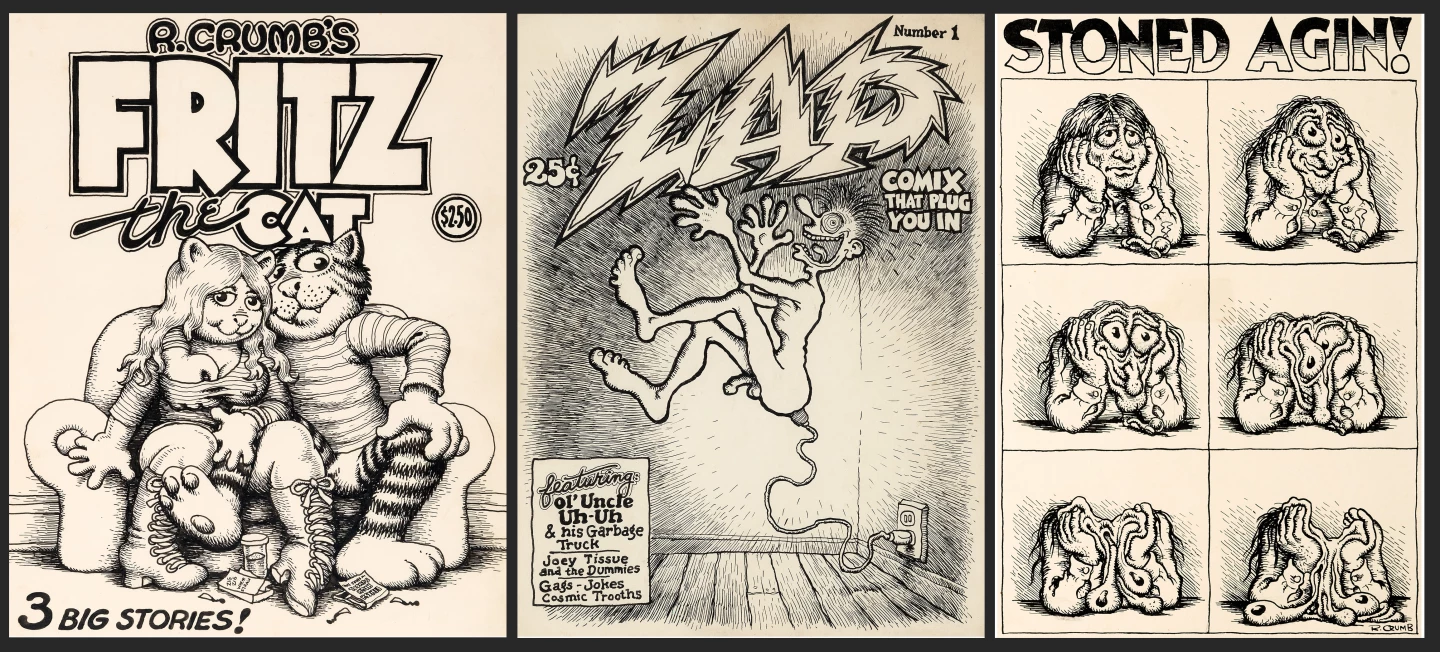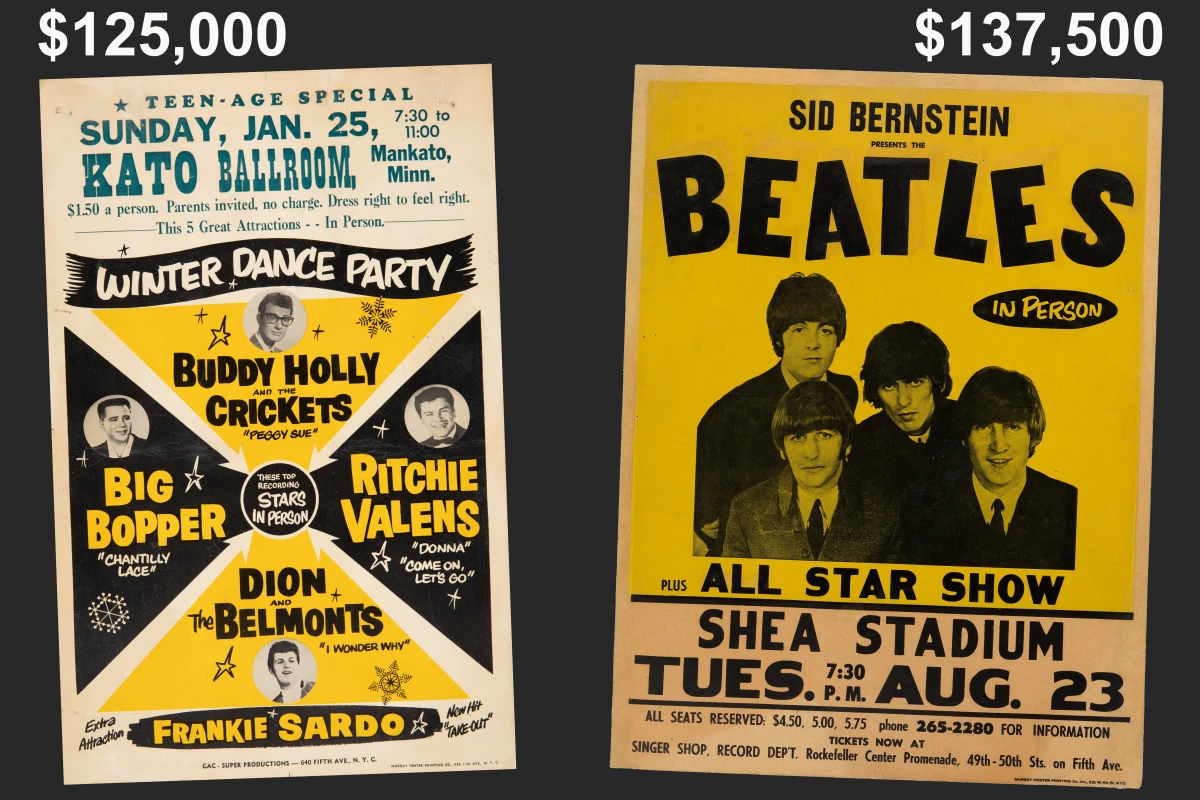It isn’t hard to see why artefacts of landmark cultural events are continually gaining value at auction, but it is becoming clear that the imagery of baby boomers' youth is increasingly morphing into investment quality art. An indication as to just how much these collectables can retain their value occurred this week when a concert poster for a 1966 Beatles New York concert sold for US$137,500 after having previously sold in November 2019 for $125,000. Last week, the only Buddy Holly 1959 Winter Dance Party Concert Poster (“The Day The Music Died”) ever offered at auction drew bids from 56 collectors before selling for $125,000.
The rare Winter Dance Party poster promoted a concert in Mankato, Minnesota, on January 25, 1959, just eight days before the fateful flight that took the lives of Buddy Holly, the Big Bopper and Ritchie Valens. Of the five acts that appeared on the poster bill – Buddy Holly and the Crickets, the Big Bopper, Ritchie Valens, Dion and the Belmonts, and Frankie Sardo – the first three were aboard the plane that crashed in rock-n-roll’s first tragedy, the event immortalized in Don McLean’s 1971 anthem for the ages, American Pie.
Though similar posters have been bootlegged and endlessly reproduced across the last six decades, this poster is one of just three known genuine Winter Dance Party posters from before the plane crash, with the other two posters from different cities on the tour schedule.
The poster is clearly from a different era, with the remarkable line “Parents invited, no charge,” though the single major difference of the era is not evident on the poster. Though the three leading acts of the tour died in a plane crash, alternative talents in the form of Bobby Vee and Frankie Avalon were quickly sourced and the tour was not canceled but continued onwards.
With genuine posters from this era now beginning to bring prices above $100,000, it’s worth considering what posters might appreciate in value in the coming decades, and some of the lesser prices fetched at recent auctions seem most likely to become valuable investments.


The most notable bargain of the auction was a 1965 Grateful Dead Can You Pass the Acid Test? This poster is from the very beginnings of the psychedelic era. The unused advertising poster is the highest-graded specimen known and marks the first few weeks in which the now legendary Palo Alto counter-culture band went under that name, having been known as “The Warlocks” until finding out that Lou Reed’s Velvet Underground had produced an album under the same name.
The newly renamed band had its first show under the name Grateful Dead in San Jose on December 4, 1965, at one of Ken Kesey's Acid Tests immortalized in Tom Wolfe’s famous novel The Electric Kool-Aid Acid Test. This poster was used to publicize that event and many others. Note too the name of Neal Cassady, one of the major figures of the Beat Generation of the 1950s and the psychedelic and counterculture movements of the 1960s. Cassady was prominently featured as himself in Jack Kerouac's novel On the Road. Similarly, the Merry Pranksters (Kesey and friends) and philosopher Allen Ginsburg are featured prominently on the poster. This poster sold for just $15,000 and will surely be worth considerably more given the perspective of history and the societal movements that followed.

Comic art from the 1960s is also beginning to get respect on the auction block these days. Robert Crumb is best known for the cover of the Big Brother and the Holding Company album, Cheap Thrills, famously commissioned by the band's lead singer Janis Joplin. The album regularly appears on all-time-great lists of album covers, and was voted by Rolling Stone as #9 on the Greatest Album Covers of All Time. Crumb refused to accept payment for the cover, saying, "I don't want Columbia's filthy lucre." Now, Crumb's famous underground comic works are rapidly achieving the status he has long shunned.







